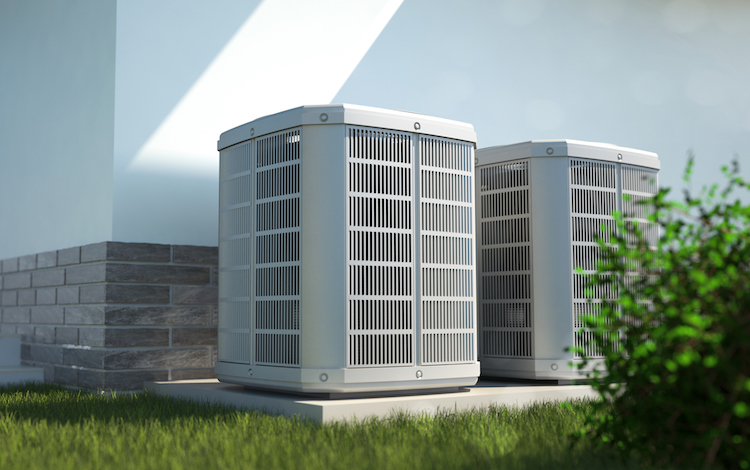- Home
- The Tips & Tricks
- 7 Tips to Keep Your A/C Unit Working Like New During Dust Storms

7 Tips to Keep Your A/C Unit Working Like New During Dust Storms
Unpredictable and intense dust storms have been hitting the Valley, increasing dust and debris particles in the air that can decrease the performance and efficiency of your air conditioning unit. This can have a big impact on the quality of the air you breathe at home.
Experienced technicians at locally owned Forrest Anderson Plumbing and Air Conditioning Inc. (Forrest Anderson) recommend several steps Valley families can take to not only ensure their A/C unit performs optimally all summer long, but also maintains a healthy home environment.
“No one can stop a dust storm, but you can minimize the damage to your air conditioning unit and protect your family’s health by taking simple steps to block airborne contaminants,” said Audrey Monell, President of Forrest Anderson. “I tell all our customers when they see a dust storm rolling into the area, or they get an alert on their phone, the most important thing they can do is to shut off their air conditioner to prevent it from pulling in all that dirt and everything else that is blowing around.”
Turning off the A/C unit may seem counterintuitive in the middle of July, but keeping the HVAC unit running will cause it to suck in swirling dust which can create an unhealthy breathing environment that circulates around the home.
Here are seven steps homeowners can take to care for their A/C unit and improve indoor air quality during the monsoon.
- Turn off the A/C unit before a dust storm hits your neighborhood.
- Check the air filters after every big storm and replace them if they are dirty to improve air quality and reduce strain on the HVAC system. Most homeowners can use 1” pleated filters to trap small particles, but anyone with respiratory issues should consider filters with a higher MERV rating between 8-13 for the best indoor air quality improvement.
- Seal air leaks around windows and doors to keep dust, water, and heat from seeping in.
- Check to make sure the drain line on your A/C unit is dripping after any monsoon rainstorm, if it isn’t dripping water, it may need to be cleared of debris.
- Install a condensate safety switch. This will shut your unit down if the line gets clogged and stop water from leaking and damaging your home.
- Install a surge protector to prevent power surges and lightning strikes from tripping your home’s circuit breaker and damaging the A/C unit and other electronics.
- Clean the condenser coils as the A/C unit may be covered in dirt after a storm
To further prepare your A/C unit for monsoon storms, Monell also recommends inspecting your roof and yard to make sure the unit is properly secured and stable to withstand the harsh winds. She also adds to make sure your lawn is clear of any debris or objects that can be thrown around in the high winds, that could damage the coil that surrounds your unit.
While most of these steps can be DIY, during extreme temperatures its safer to call in a professional. Homeowners can call Forrest Anderson to get more information on improving air quality or scheduling a service call at http://forrestanderson.net/.
